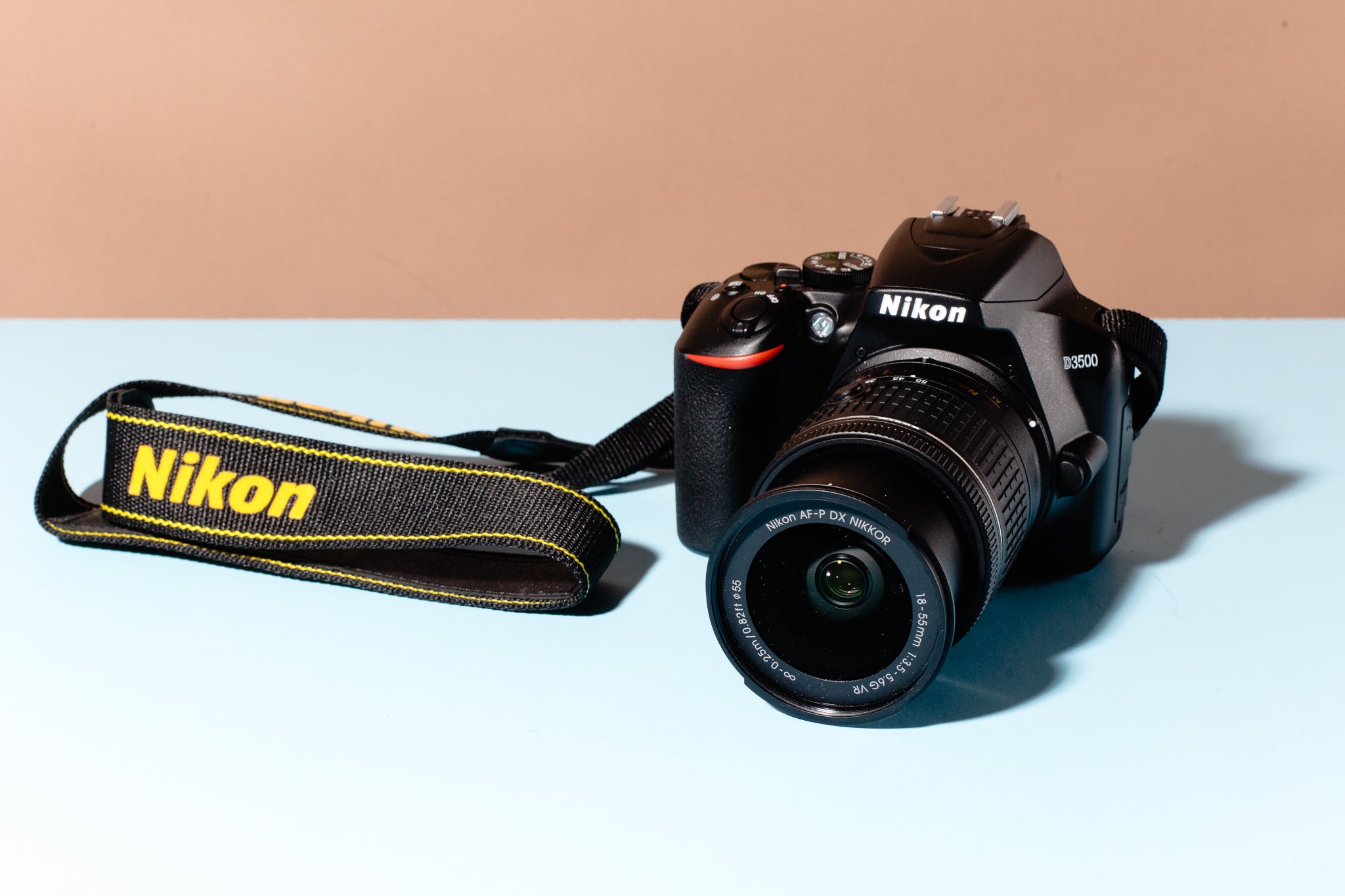Introduction:
When choosing the finest
Nikon camera in EMI, the sheer number of models available from the camera giant might make the task seem daunting.
However, before we get into specific models, let’s start by identifying a few things you should know about before making any decisions. And they are:
– Megapixels:
Today, any new camera will have more than enough megapixels for your needs. A lower-end model with 10-12 megapixels can provide enough information to blow up your photographs to poster size without difficulty. And how frequently do you do that?
– Cropped Frame vs. Full Frame:
Don’t consider a full-frame sensor if you are new to photography. They’re pretty significant and not cheap at all. Unless you are skilled at photography, it will not be a handy feature to put your money in.
– The Best Photo Quality at the Lowest Cost:
In favorable light, the quality of an entry-level DSLR will rival that of its more costly equivalents for most applications. So, if all you want is good image quality and you don’t want to spend a fortune, go with the Nikon D3200 or D3100.
– HDR (High Dynamic Range) Photography:
Any camera that helps you to set manual parameters can accomplish HDR, but if you’re serious about it, you’ll want something that has bracketing built-in. It means that your camera can automatically take three photographs at different exposures, one at regular exposure, one underexposed, and one overexposed.
Pick up a D5200 or a D5100 if money is more of an issue.
If you’re a more experienced HDR photographer, D7100 is the way to go.
– Nikon D5600:
For vacation photography, the Nikon D5600 is the finest beginner DSLR camera. With a tiny and lightweight body, it’s one of the more portable DSLRs we’ve examined. This Nikon camera in EMI also boasts a lengthy battery life, with an estimated 970 photos depending on your shooting habits, making it an excellent choice for traveling or long days.
The 24-megapixel APS-C sensor in this camera produces excellent overall image quality.
It is ideal for landscapes and settings with a lot of contrast. It also boasts a wholly articulated screen, making shooting from unusual angles, taking selfies, and filming trip vlogs much easier. The camera’s small size, fully articulated touchscreen, and good video quality in FHD contribute to it being one of the best DSLR cameras we’ve tested.
– Nikon D3500:
The Nikon D3500 is a good choice if you’re new to photography. This Nikon camera in EMI is ideal for beginners because it takes you through all of the camera’s features and the fundamentals of shooting. It’s one of the lightest DSLRs, making it convenient to take with you and carry for extended periods.
It features a 24.2-megapixel APS-C sensor that is compatible with both Nikon DX and FX lenses, providing you with a wide range of options as your skills improve. It has a fantastic image quality right out of the box, with a wide dynamic range and realistic colors at its essential ISO. In addition, depending on your usage habits, the camera’s battery life can last for days.
– Nikon D780:
The Nikon D780 incorporates the Nikon Z6’s on-sensor phase-detection autofocus, giving it a mirrorless camera’s live view autofocus speed. This Nikon camera in EMI is essentially an updated, turbocharged version of Nikon’s still-popular full-frame DSLR, the D750. The D780 features a high-resolution tilting touchscreen display, 4K UHD video, and two UHS-II memory card slots, along with the continuous shooting speeds up to 12fps in a live view mode, in addition to improved live view AF. You have an instant classic when you combine that with the camera’s robust build and comfortable handle.
Other mentions:
- Nikon D7500
- Nikon D850
- Nikon D780
- Nikon D5600
- Nikon D6
- Nikon D610
Conclusion:
To conclude, choosing a new Nikon camera in EMI might be difficult, especially if you’re a first-time buyer. You must select between manufacturers and between the models, lenses, and accessories –which is best for you depends on your degree of skill, money, and the type of photography you intend to accomplish.

